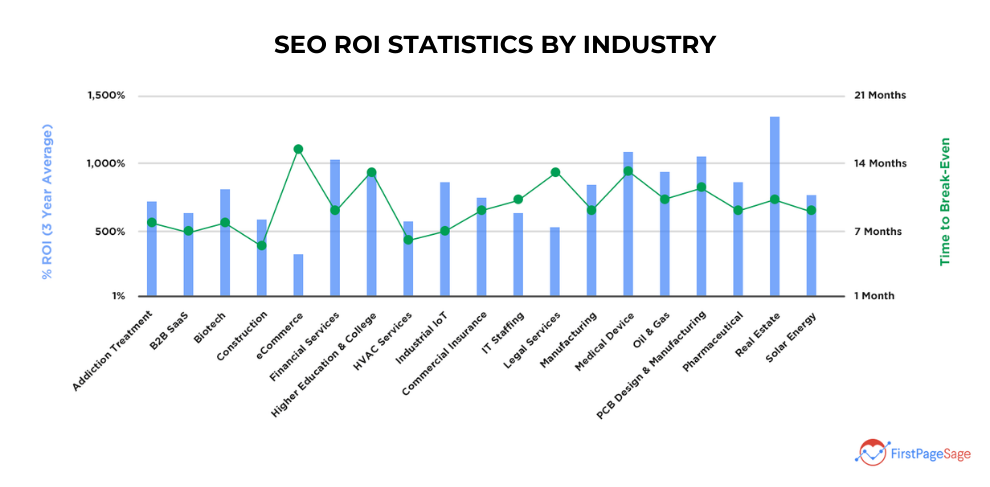The Future of SEO Content Strategies
- Introduction
- The Evolution of SEO Content Strategies
- Embrace User Intent Optimization
- Prioritize Mobile-First Indexing
- Voice Search Optimization
- Content Quality and Relevance
- Core Web Vitals and Page Experience
- E-A-T (Expertise, Authoritativeness, Trustworthiness)
- Video and Visual Content
- Local SEO and Personalization
- Secure and Accessible Websites
- Data Privacy and Ethical SEO
- Conclusion
Introduction:
Search Engine Optimization (SEO) continues to play a pivotal role in this journey, acting as the compass that guides content strategies towards visibility and success. As we gaze into the future, it becomes evident that the tides of SEO are shifting, and a new era is dawning upon us.
The Evolution of SEO Content Strategies
SEO has come a long way from its humble beginnings, transitioning from a keyword-centric approach to a more nuanced and user-focused methodology. The days of stuffing content with keywords are long gone, replaced by a demand for quality, relevance, and user experience.
 1. Embrace User Intent Optimization
1. Embrace User Intent Optimization
By embracing user intent optimization, you prioritize the needs and preferences of your audience, which can lead to higher user satisfaction, increased engagement, and better overall performance.

Not Getting Results with Google Ads? Is Our Agency the Key to Unlocking Success?
Elevate your brand’s online presence with Google Ads. Convert clicks into customers and stay ahead of the competition.
2. Prioritize Mobile-First Indexing
To prioritize mobile-first indexing, consider mobile optimization techniques such as responsive design, mobile-friendly content, and faster loading times. This approach will enhance your website’s performance, both in terms of user experience and search engine rankings.
3. Voice Search Optimization
Voice search optimization is not only about technical SEO but also about understanding user behavior and intent in a rapidly evolving digital landscape. Implementing these strategies will help your content and website perform well in voice search results and improve the overall user experience.
4. Content Quality and Relevance
The high-quality and relevant content not only serves the needs of your audience but also helps search engines understand the value of your website. By consistently creating content that meets these criteria, you can improve your website’s authority, visibility, and user satisfaction.
5. Core Web Vitals and Page Experience
To improve your website’s Core Web Vitals and Page Experience, consider optimizing its speed, interactivity, and layout stability. This can involve techniques such as optimizing images, using content delivery networks (CDNs), and minimizing render-blocking resources. Regularly monitoring your website’s performance and making necessary adjustments is key to maintaining a positive page experience and improving search engine rankings. Remember to stay updated with the latest guidelines and recommendations from search engines like Google.
6. E-A-T (Expertise, Authoritativeness, Trustworthiness)
E-A-T, you can create a website that provides valuable, reliable, and trustworthy content, which can ultimately improve your site’s visibility and reputation in search engine results.
7. Video and Visual Content
Incorporating video and visual content into your digital marketing and content strategy can significantly enhance your brand’s presence, user engagement, and overall user experience.
8. Local SEO and Personalization
For businesses with a local presence, optimizing for local search is critical. This includes creating a Google My Business profile, obtaining customer reviews, and ensuring consistent NAP (Name, Address, Phone number) information across the web. Additionally, personalization is growing, so consider tailoring content to individual user preferences.
9. Secure and Accessible Websites
Security and accessibility are essential for SEO. Ensure your website is secure with HTTPS and provide an accessible experience for users with disabilities. Google rewards websites that prioritize these aspects.
10. Data Privacy and Ethical SEO
As privacy concerns grow, it’s vital to handle user data responsibly and ethically. Ensure compliance with data protection regulations and communicate your commitment to user privacy on your website.
|
Aspect |
Past 24 Months |
Current Landscape |
|
Keyword Density |
High keyword density was favored |
Focus on natural language and user intent |
|
Backlink Quantity |
Quantity-centric approach |
Emphasis on high-quality, relevant backlinks |
|
Content Length |
Short-form content prevalent |
Long-form, comprehensive content preferred |
|
User Experience |
Secondary consideration |
Primary focus on user experience |

Want to Maximize ROI with Google Ads? How Can Our Agency Supercharge Your Campaigns?
Transform your advertising strategy with Google Ads. Reach the right people at the right time and achieve measurable results.
Conclusion:
The Future of SEO content strategies lies in embracing change, understanding user behavior, and adapting to evolving search algorithms. Graphs, quotes, reference images, and comparative tables serve as powerful tools in conveying the dynamic nature of SEO.
As we navigate the digital frontier, content creators and businesses alike must stay attuned to emerging trends, leverage real-time examples, and draw inspiration from industry experts. The evolution of SEO is an ongoing journey, and those who anticipate and adapt to the changes will undoubtedly emerge as trailblazers in the digital landscape.









